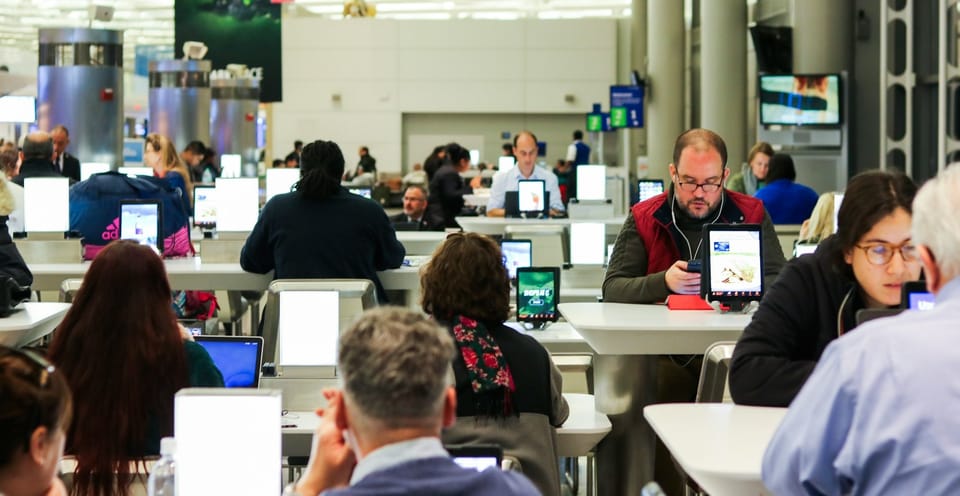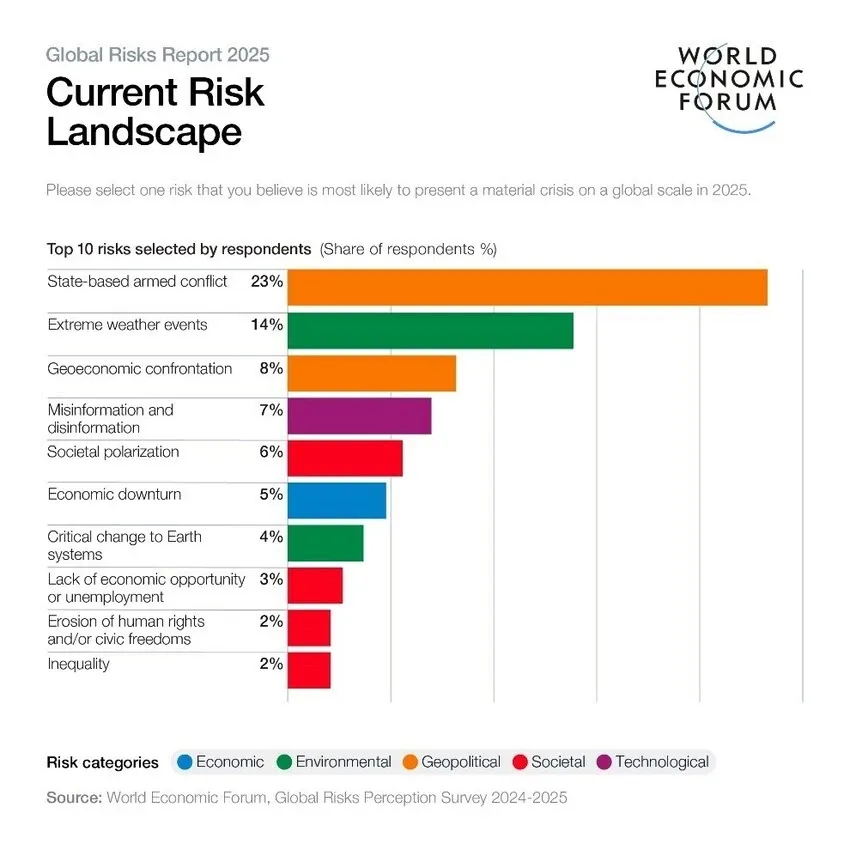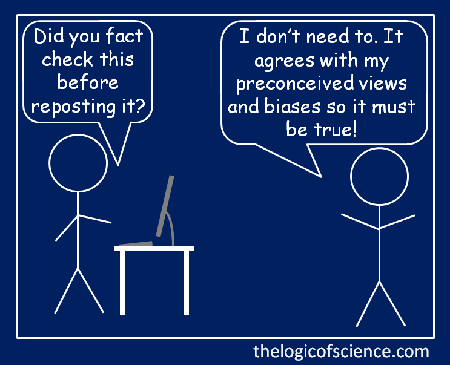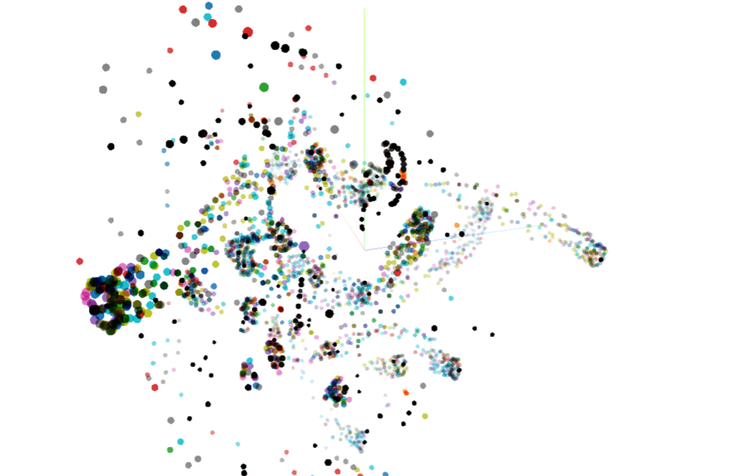Understanding and Combating Fake News

In today's hyper-connected world, information spreads like wildfire. Unfortunately, not all of that information is true. Fake news, misinformation, and disinformation are rampant, posing a significant threat to our society and our ability to make informed decisions. It's a complex issue, and one that demands our attention.
The rise of fake news isn't a new in the slightest, but the digital age has amplified its reach and impact. With social media platforms and instant sharing, fabricated stories can go viral in minutes, often outpacing the spread of accurate reporting. And the problem is only getting worse. According to a Study in Science, false news stories are 70% more likely to shared through social media than real news. And with the rise of users taking in the news from social media, people are more likely to see fabricated news stories.
But how does fake news get created in the first place? The motivations can be varied.
- Some create fake news for laughs or gaffs. Kids who just think it's funny to see a politician falling down the stairs.
- Some create fake news for financial gain, generating clicks and ad revenue through sensational or misleading content.
- Others use it for political purposes, attempting to influence public opinion or sway elections.
- And sometimes, it's simply about sowing chaos and distrust, undermining faith in institutions and eroding social cohesion.
The consequences of widespread fake news are dire. It can manipulate public opinion, incite violence, and erode trust in essential institutions. Misinformation and disinformation were even identified as the 4th highest risk to society by polls in 2025 and the 1st in the short term period in the World Economic Forum's Global Risks Report 2025, highlighting the severity of the threat. When people can't distinguish between fact and fiction, they become vulnerable to manipulation and make decisions based on false premises. This can have profound implications for everything from public health to political discourse.

One of the biggest challenges in combating fake news is our own biases. We're all susceptible to what's known as anchoring bias – the tendency to accept the first piece of information we receive, even if it's inaccurate. This makes us more likely to believe sensational headlines or stories that confirm our existing beliefs, even if they lack credible evidence. As Statista reports, only 23% of Americans feel confident they can recognize fake news, highlighting the widespread struggle to discern truth from falsehood. This lack of confidence, combined with our inherent biases, makes us all potential targets for misinformation campaigns.
So, what can we do to combat fake news? It starts with awareness. We need to be critical consumers of information, questioning the sources of our news and being wary of sensational headlines. Fact-checking websites like Snopes and PolitiFact can help verify information, and it's essential to consult multiple sources before accepting something as fact. Critically evaluating the information is key. Ask yourself:
- Who is the source? Is it a reputable news organization or a website with an unknown agenda?
- What is the evidence? Does the story cite credible sources and provide evidence to support its claims?
- Is the story biased? Does it seem designed to evoke an emotional response rather than present objective facts?

Combating fake news is a collective responsibility. We need to be vigilant, informed, and proactive in our consumption of information. By developing our critical thinking skills and challenging our own biases, we can become better equipped to navigate the complex media landscape and protect ourselves from the dangers of misinformation.
If you’re interested in reading more, feel free to click on
- History of Fake News [BBC]
- More Risk Analysis [Zurich]
- Stats [Redline]
- How to combat Fake News [Washington Post]
What do you think? Do you feel like there are some more ways to weed out fake content? Do you know other occasions where fake news reared its ugly head? Let us know in the comments!





Comments ()